Cauliflower "rice" is my newest healthy food obsession. It's the darling of paleo, low-carb and gluten-free eaters--and for good reason. If you haven't tried it or made it at home, now is the time. In fact, here are three ways to make it! I'm betting that you'll fall in love with this cauliflower rice salad so much that you'll be buying a head of cauliflower every time you go to the store.
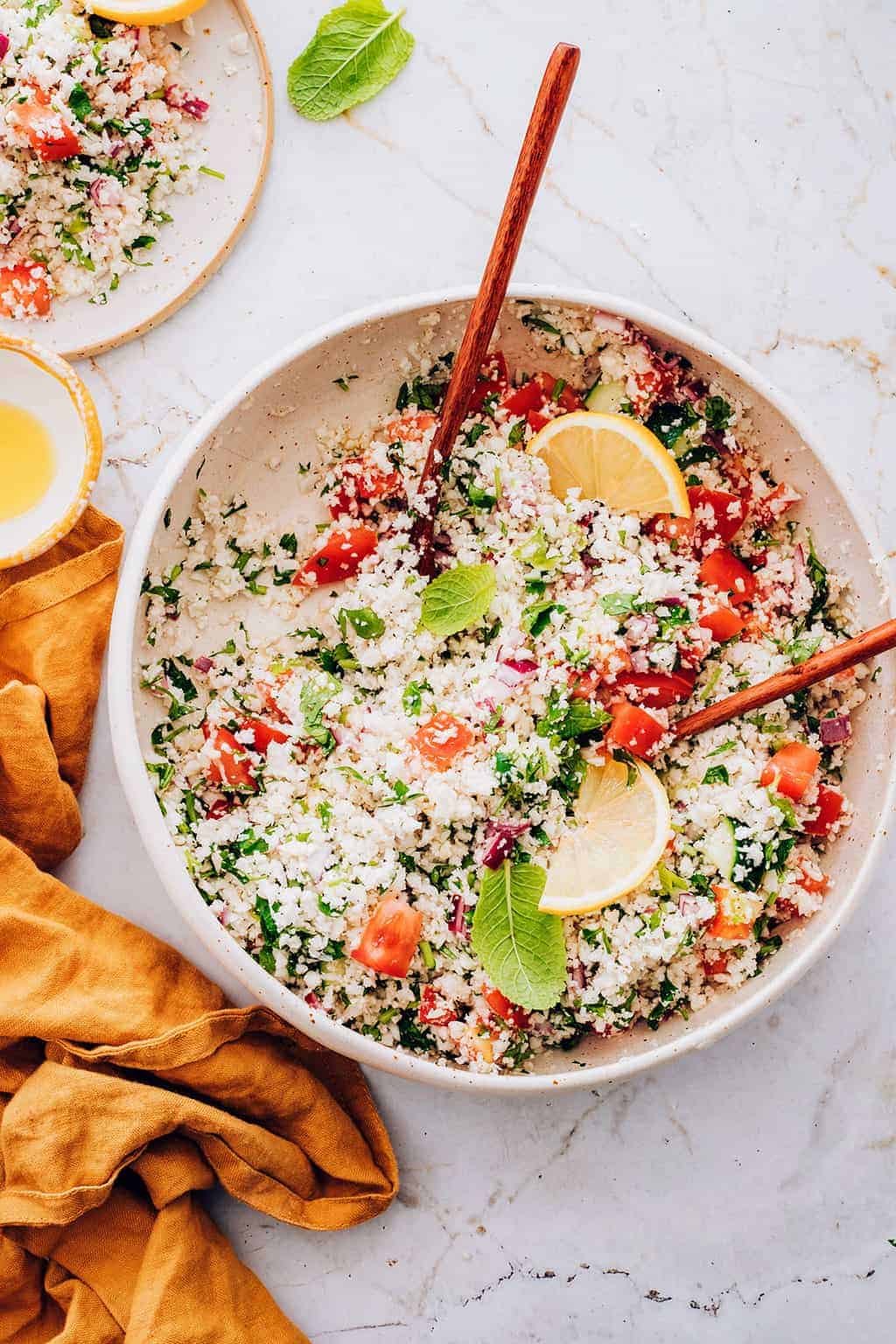
My husband was skeptical at first, but even he admitted that it tastes just like the real thing. SO healthy and SO delicious.
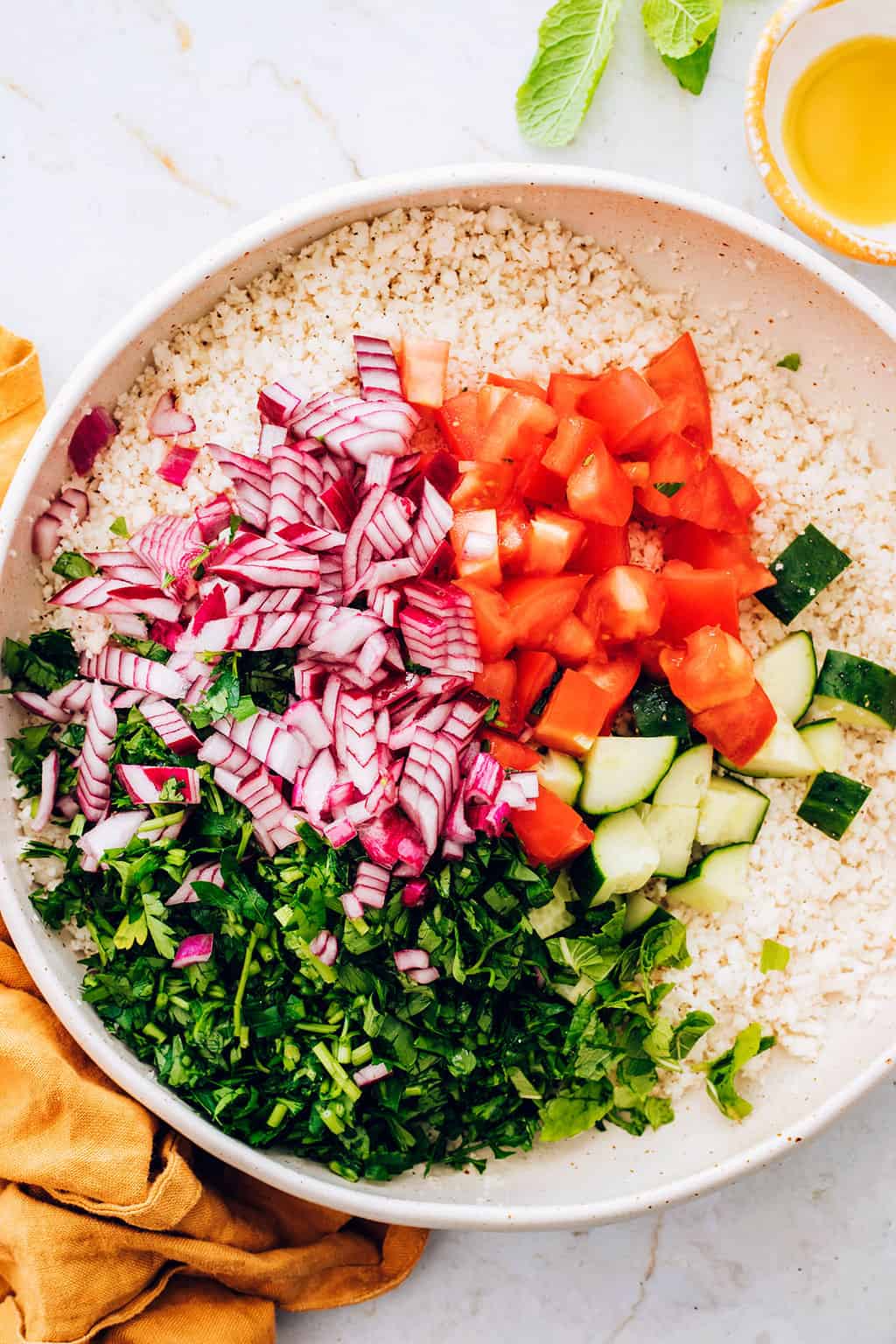
How to make cauliflower "rice"
I usually use half of a large cauliflower for one salad. Instead of making all the rice at once, I make it in two batches.
I feel like it keeps from drying out better that way and losing nutrition. (That could be in my head, but it sounds good!)
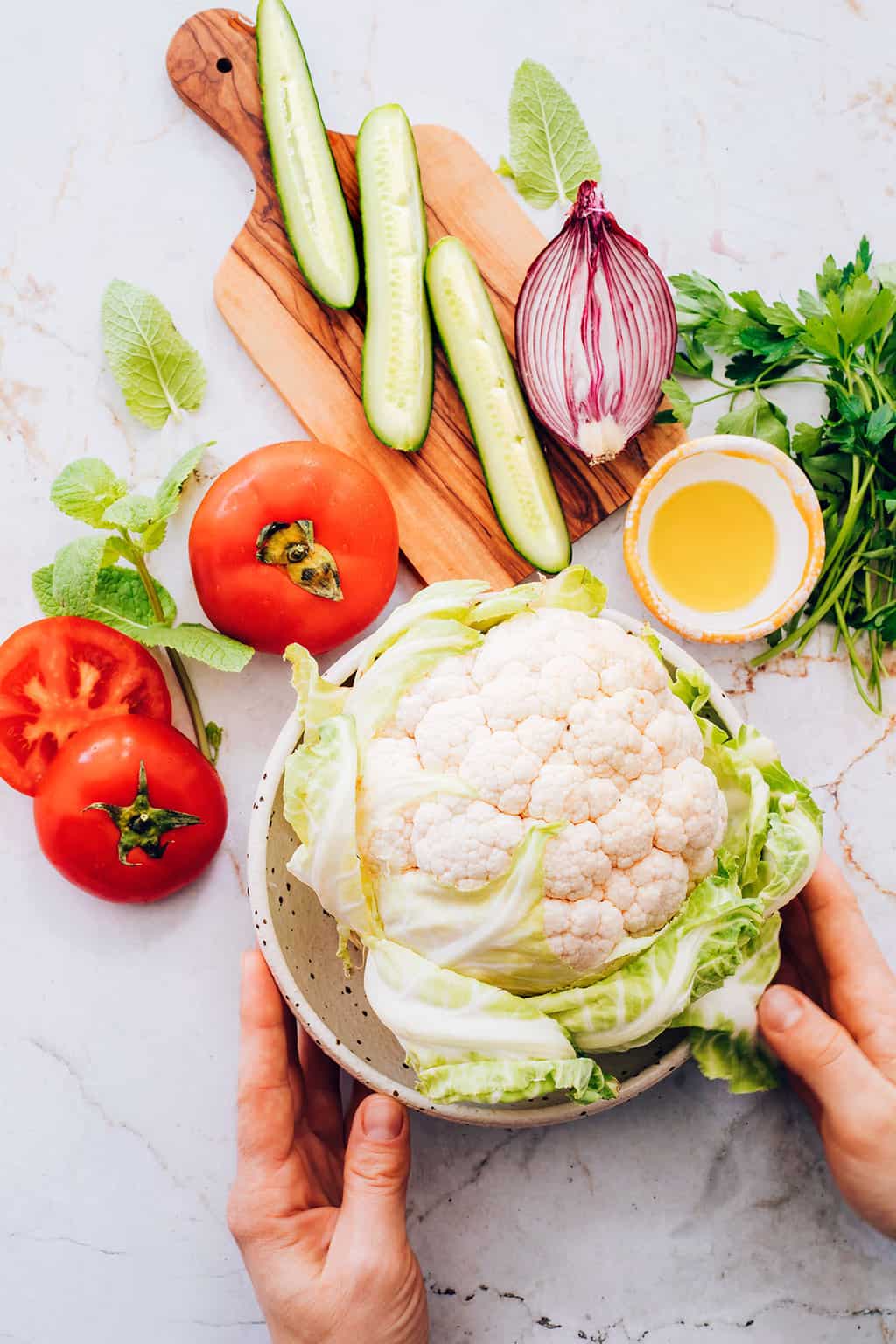
Break into florets and place in a food processor. Depending on the size of the food processor, you might need to do this step in two batches.
Pulse until the cauliflower is finely chopped and resembles couscous. (We call it "rice" but it's more like couscous in texture and appearance.)
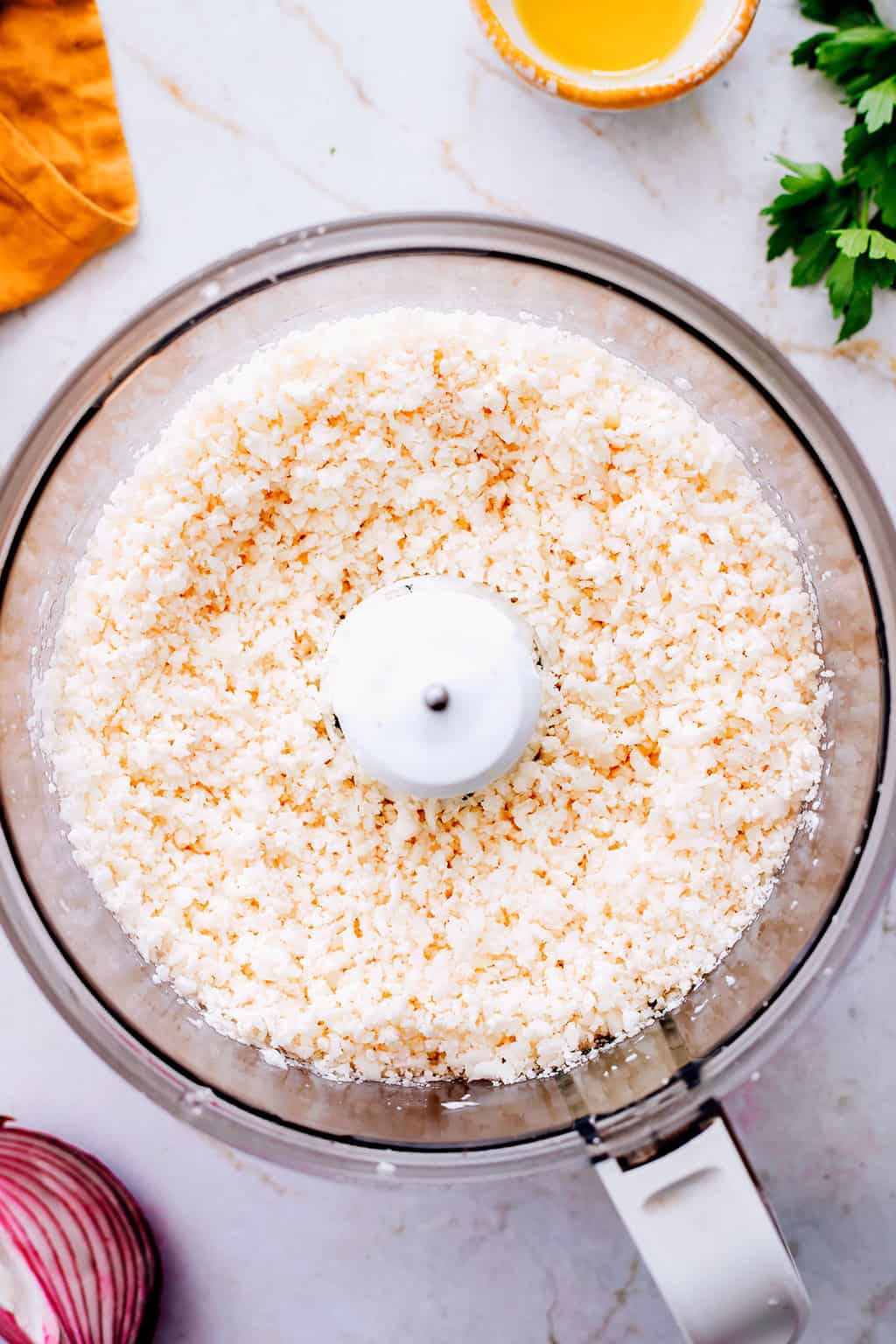
📖 Recipe
Cauliflower Rice Tabbouleh Salad
Equipment
- Food processor
Ingredients
- 3 cups cauliflower "rice"
- 2 cups diced tomatoes
- 1 cup chopped cucumber
- 1 shallot minced
- 1 cup parsley roughly chopped
- 1 cup fresh mint roughly chopped
- Juice of 1-2 large lemons
- 2-4 tablespoons avocado or olive oil
- Salt and pepper to taste
Instructions
- Place cauliflower "rice" in a medium bowl. Season well with salt and pepper.
- Add tomatoes, cucumber, shallot, herbs, lemon juice, and oil. Toss to combine.
- Taste again and add salt and pepper, if needed. Serve immediately.
Notes
Photos by Ana-Maria Stanciu
158
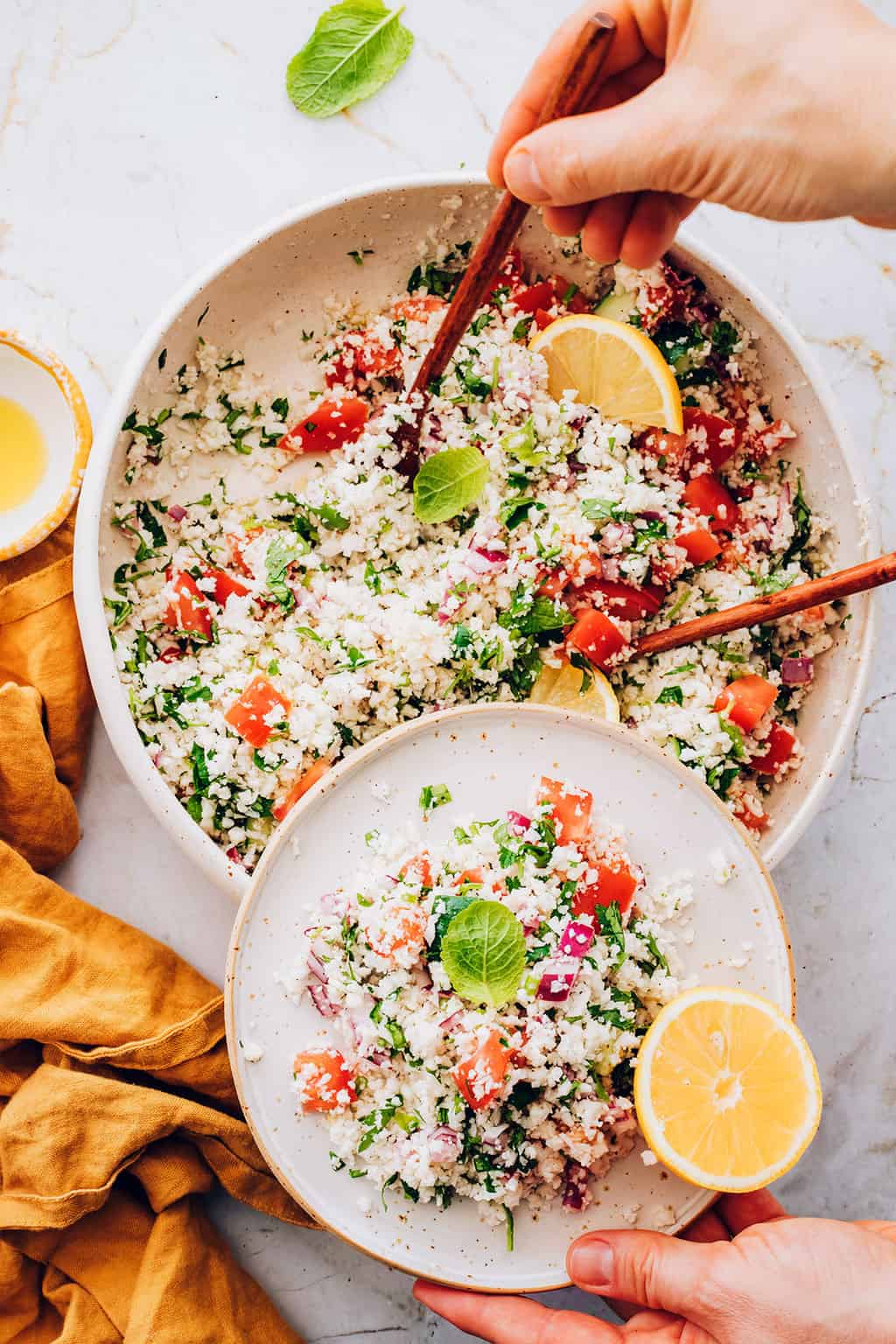

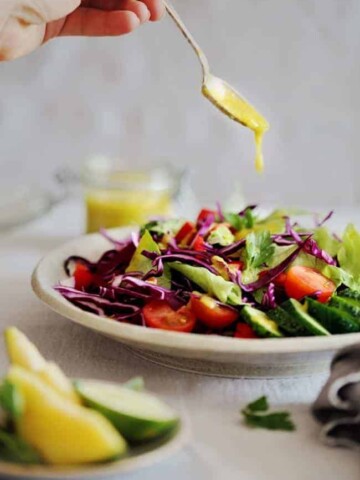
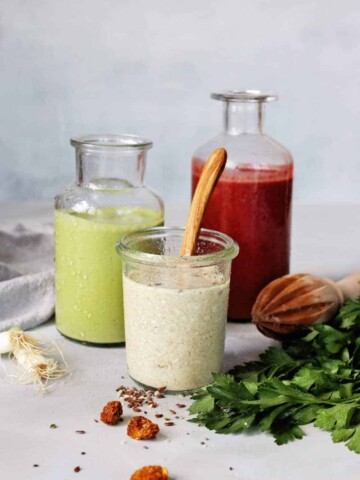

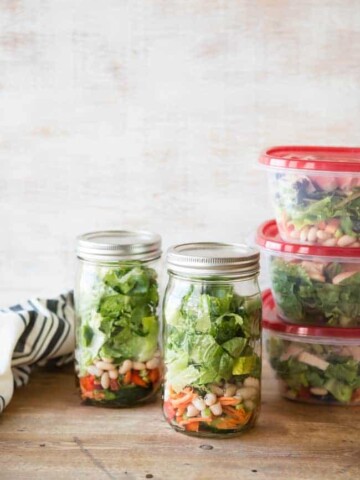
Silvershyne says
Made this recipe earlier this week, I definitely enjoyed it! I used Trader Joes Cauliflower Rice so I wouldnt have to cut a head of cauli (lazy lifehack haha), and I added a bit more parsley for my own taste.
Sarah says
I made this last night and I really don't like the mint flavor is there anything I can add to get rid of the mint taste? I really don't want to throw it away...
Pat says
There isn't anything you can do to tame the mint. Like most all middle eastern cous cous recipes, mint is an intricate part of the taste but not so much. I use more like a 1/8 to 1/4 c. I suppose you could substitute cilantro.
Barton Montagne says
Store your lemons in the fridge to slow this down and they should keep for up to about ten days. Make sure you do not store them in plastic bags where they are on top of each other.
Yaba says
For how long can be stored the cauliflower rice? I am curious because I plan ahead my meals for all the week (to go for the work) and it seams a so much healthy side dish.
Sidney says
You can freeze it for 6 months
Sharon says
I've been making a version of this for years, but called it cauliflower cous cous. I added cilantro and minced kalamata or green, pimento-stuffed olives. It's really more like a relish, and makes a GREAT side dish for just about anything. It's so crunchy, lemony and bright. We serve it alongside everything from roasted meats to hot dogs & enchiladas. It's just that versatile. Just put it on the table. Great base recipe to make your own.
Roya says
So you don't cook yhe cauliflower at all?
Sharon says
Nope.
Danielle Romero Micucci says
Love it. I'd like to get the calorie breakdown though.
Mina says
Just made this and it's amazing! Thank you for posting!
Stephanie says
This sounds wonderful, and just in time for summer! I'm not a tomato fan, but I'll definitely sub in some other veggie.
Joen says
Sound Delicious!
Helen says
Oooh that looks great! I'm currently trying to cut out wheat so I'll definitely give this a go!
Lb says
Rice does not contain gluten or wheat!!